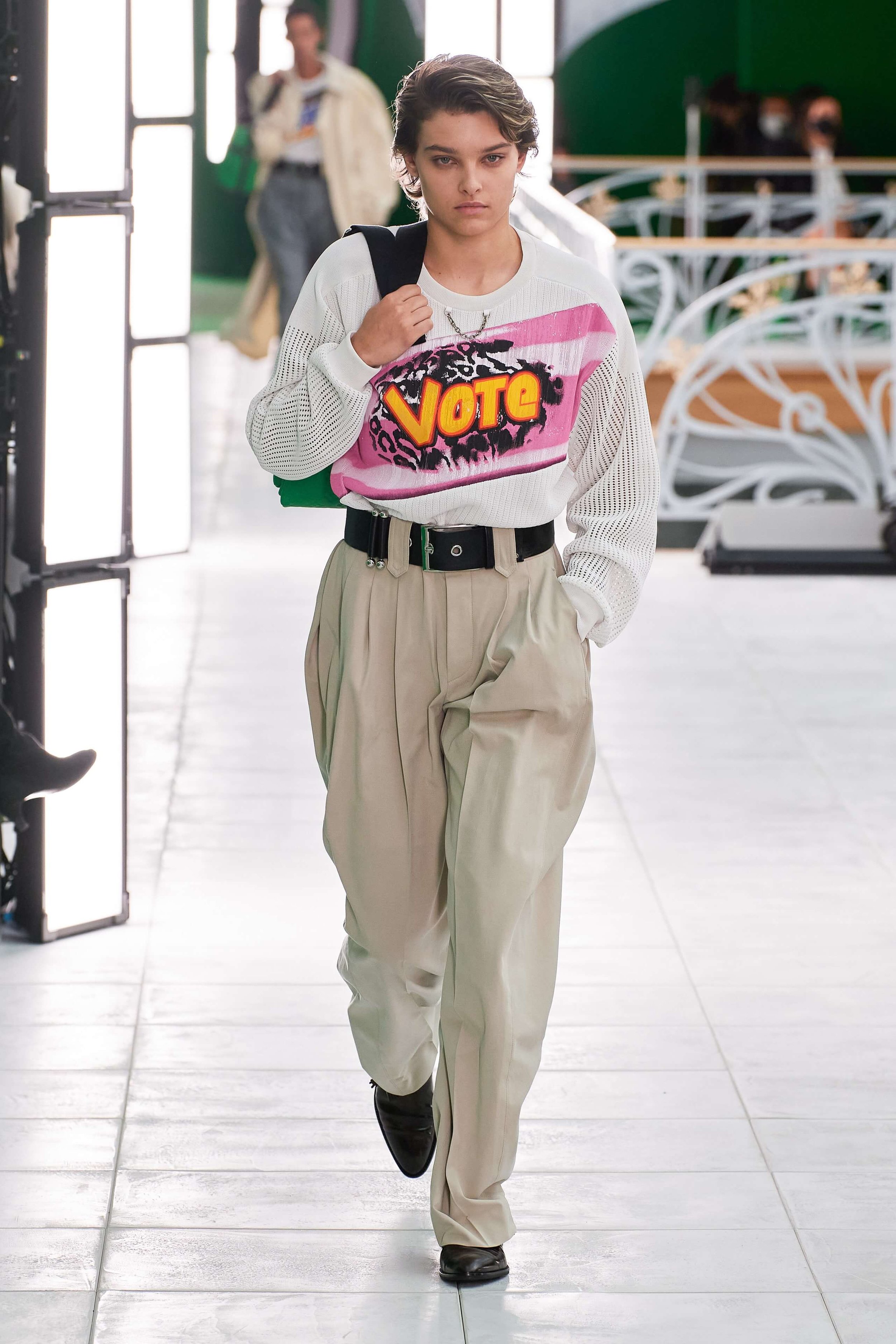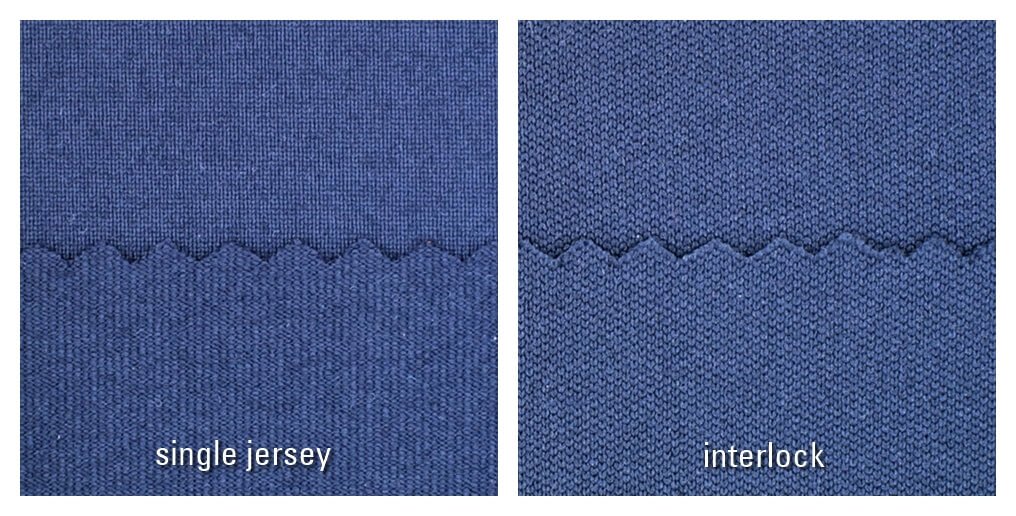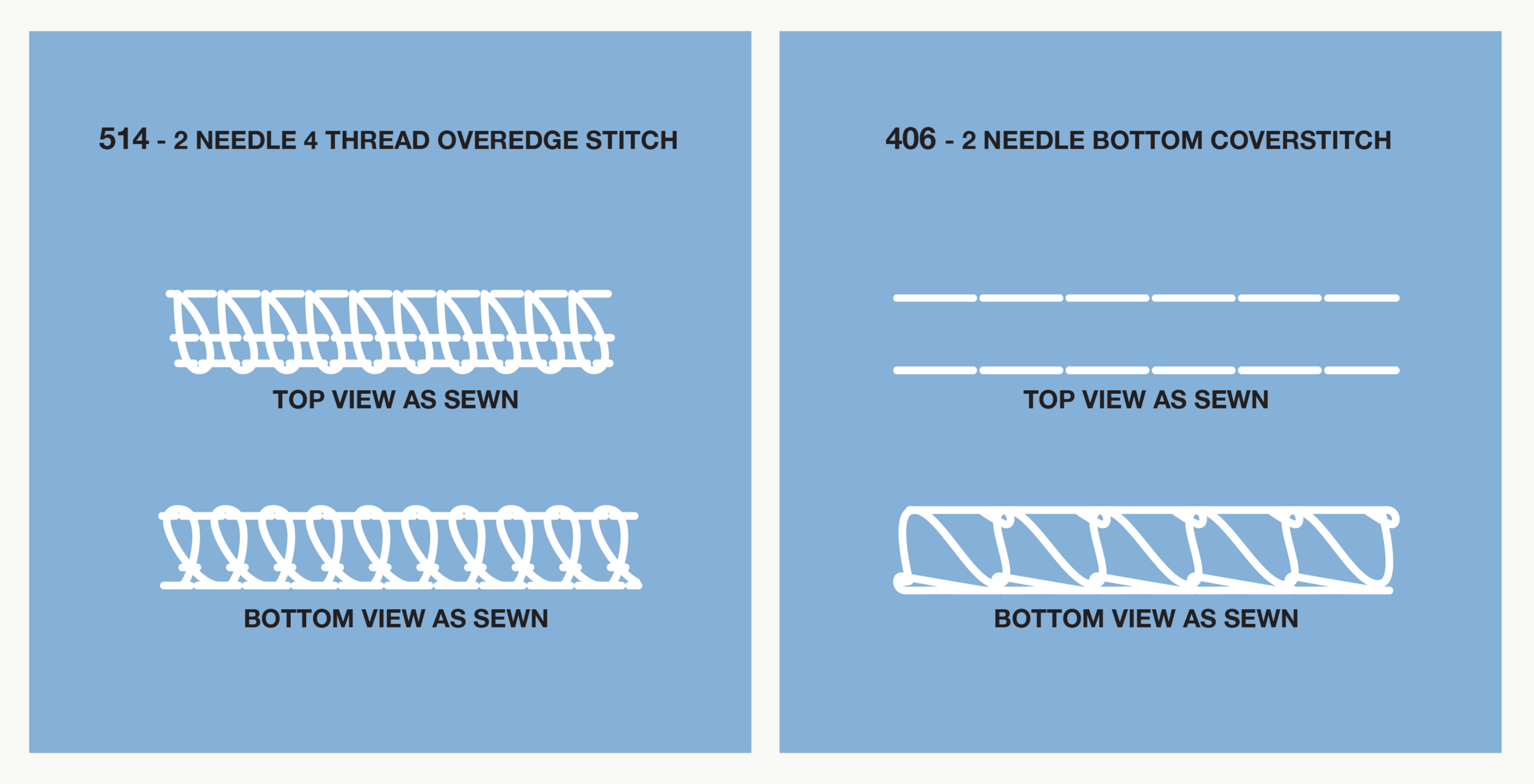T-Shirt Design: Everything You Need To Know, Plus Free Tech Pack Examples
Time to read: 13 minutes
The most ubiquitous garment in fashion, culture, sportswear, and everyday wear, the t-shirt – perhaps unsurprisingly! - takes its name from its shape: the horizontal of the capital “T” forming the arms and the vertical forming the torso. Although garments such as tunics and shirts had a T-shaped form, the t-shirt as we know it didn’t emerge until the 19th century.
Thom Bradley, Burst
The history of the t-shirt
Many link the emergence of the t-shirt with Marlon Brando’s iconic appearance in a form-fitting tee in the 1953 film The Wild One. And who could blame them? It’s a key moment in fashion and culture history. However the history stretches back a little farther than that. Innovations in machine knitting in the middle of the 19th century gave the world the stretchy, form-fitting, ‘union suit’, an all-in-one worn as underwear in the US. It was mostly men who wore them, but some bold, radical women wore them too as an easy-to-wear alternative to rib-crushing corsets. Comfortable but not necessarily practical for hot, physically demanding work, wearers began to cut their union suits at the waist to create cool, lightweight tops for summer wear.
By the end of the 19th century, the Royal Navy had adopted the t-shirt as an undergarment and in 1913, it became part of the official uniform for the US Navy. However, it wasn’t until 1920 when the phrase ‘t-shirt’ was first coined, in the F Scott Fitzgerald novel This Side of Paradise. According to the BBC, the word also appeared in the Meriam-Webster dictionary the same year, so it’s only really been in our lexicon for around a century.
The t-shirt as a fashion icon
In 1938, the first t-shirts marketed as both underwear and outerwear (cue gasps from passers-by) for civilians were sold at the department store Sears. “You don’t need to be a soldier to have your own personal t-shirt,” Sears declared. But despite the marketing and despite soldiers regularly wearing t-shirts as outerwear, even featuring on the covers of magazines wearing them with slogans printed across them, it wasn’t until Brando – and, of course, James Dean in Rebel Without a Cause – wore t-shirts on the silver screen as a signifiers of their
Life Magazine, Army Air Corps Museum
The I Heart NY t-shirt debuted in 1977 as part of a tourism campaign, Katharine Hamnett used slogan t-shirts to make political statements in the 80s, and bands such as The Grateful Dead, The Ramones, Frankie Goes to Hollywood, Nirvana, and Run-DMC created t-shirts which became iconic in their own right, outside of their fanbase. The t-shirt as fashion statement had officially arrived.
Run DMC, Wikimedia
Always trending
The t-shirt’s meteoric rise from undergarment to fashion must-have hasn’t slowed in pace. In fact, its spotlight has been renewed in recent years. Dior sent t-shirts printed with “We Should All Be Feminists” down the runway for Spring/Summer 2017, while Balenciaga has created ‘it’ t-shirts season after season by taking inspiration from political campaign logos, rock band archives, and delivery company uniforms.
Louis Vuitton SS21, Vogue
Vintage inspiration is never far away either, and the influence of subcultures has been felt in the return of Thrasher t-shirts and metal band-inspired graphics. Statement t-shirts have become a sure-fire way to relay a message to the masses (see Louis Vuitton’s SS21 ‘Vote’ t-shirt, and Collina Strada’s ‘Change is cute’ t-shirt from the same season), while during lockdown, tie-dye t-shirts became the new work from home uniform. An ever-evolving classic, there’s a t-shirt to answer every trend.
Filippo Fior, Go Runway
A shifting silhouette
While the original t-shirt was designed to be form-fitting to sit neatly under clothes, countless iterations have evolved from that blueprint. In spring/summer ‘20 oversized t-shirts paired with cycling shorts was the go-to look, while now, with Y2K styling making a comeback, shrunken ‘baby tees’ are having a moment.
“The simplicity of the ‘T’ shape allows for a multitude of different styles that provide the t-shirt with endless appeal.”
The crew neck is the classic, seen on everyone from US soldiers and Brando to Dior models, while the V-neck undoubtedly follows as the next in line in terms of staple t-shirt silhouettes. A boat neck sits wider on the shoulders and evokes 1950s elegance, yet dates a century further back to French sailor’s uniforms (designed for easy removal should one fall overboard!), while a scoop neck is often used to create what’s regarded as a more ‘feminine’ finish. Short, cap sleeves can provide both a vintage or a sporty feel, perfect for summer, and ¾ and full-length sleeves are ideal for expanding into autumn/winter styling and layering.
T-shirt fabrics to know
“The two most common fabrics used within the manufacturing of t-shirts are single jersey and interlock.”
Soft, lightweight and breathable, single jersey is a weft knitted fabric, manufactured using just one set of needles. Due to its construction and knit structure, there are differences between each side of the fabric. The stitches on the front of single jersey take on a v-like shape and produce a smoother feel and finish, while the stitches on the back of the fabric are looped in appearance with a slightly more textured feel.
Interlock, also known as double jersey, is also weft knitted but is manufactured using two sets of needles rather than one. This manufacturing technique essentially forms two layers of jersey knitted together, with the back of each piece (or the wrong sides) facing. This means that each side of interlock has the same appearance and smooth feel
Lighter and easily draped, single jersey is often used for classic t-shirts. Due to its ‘single’ nature and the differences between each side, the fabric isn’t balanced in terms of weight and does have a tendency to curl towards the front. Interlock, meanwhile, is balanced and won’t curl, however it has a thicker, more heavyweight feel.
The most common t-shirt fibres
The fibre most synonymous with the t-shirt is cotton. Used to create union suits and those early military iterations of the t-shirt we know today, it remains the popular choice due to its inherent qualities such as a soft feel, comfort, breathability, and natural origin. Polyester is another popular choice. Just as soft and comfortable as cotton, it’s lightweight, has good drape and is particularly durable; less prone to shrinkage and wrinkling after washing. Quick drying, it’s ideal for sportswear or sports-inspired styles, however its synthetic nature doesn’t appeal to all.
As both cotton and polyester have a mix of desirable qualities, some may choose to opt for a blend in order to combine durability and breathability, drape and comfort, and the appeal of natural fibres with the convenience of synthetics.
Janco Ferlic, Unsplash
Alongside cotton and polyester, viscose has emerged as a popular option for t-shirts, particularly as manufacturing methods have improved and it’s considered to be a sustainable alternative to other fibres. (Of course, there are many different types of viscose on the market, so sustainability isn’t guaranteed). Also often used for blouses due to its beautiful drape, viscose offers a multitude of attributes including breathability, good absorption, a lightweight and smooth feel, and great colour retention.
T-shirt manufacturing techniques
Known as a simple, staple garment, t-shirts incorporate a number of different manufacturing techniques which have become hallmarks of their timeless look. While not obligatory, adding a rib around the neckline is an almost universal choice. This is not only an aesthetic choice, but it also makes for a more robust finish. Created with alternate knit and purl stitches, ribbed jersey has great sideways stretch and sits flat due to the fabric’s balance, so it’s ideal for a neat finish. By adding a rib around the neckline, you reinforce it and provide better stretch recovery for a high-stress area, avoiding it becoming misshapen over time.
For further strengthening, and to ensure overlocking doesn’t cause irritation, tape may be applied to the inside of the back neck. It can also run into the shoulders to further stabilise the seams. A tonal tape in a complementing jersey provides a subtle finish, while a contrast tape, either in jersey or a different fabric such as twill, can become a design feature in itself, lifting the quality of the garment and tying in embroidery or prints from elsewhere on the t-shirt.
Keagan Henman, Unsplash
T-shirt construction
When constructing a t-shirt, it’s important that the stitches used both uphold any stretch and give in the fabric, and stand up to the wear and tear consumers expect from their most-worn garments. When it comes to join seams, the most common type used is the 514, known as the four thread overedge or mock safety stitch. Performed with two needle threads and two looper threads, it provides full coverage and forms a purl on the edge of the seam. It’s similar in style to the 512, however as both needles enter the upper looper loop, the 514 chains off better.
While the 514 is perfect for seams given its strength and full coverage, hems and sleeve hems call for a more subtle finish that blends into the garment. The 406 provides the best of both worlds; a neat line of stitching on the visible side and seam coverage inside. This is achieved by two needle threads interlooping with one looper thread.
And with that you should be feeling like an expert on all things t-shirt related! From the history to the manufacturing, there’s a lot to know about a seemingly humble garment. If you’re ready to dive in and manufacture your own, download our free t-shirt example tech pack to get started.






















Author Bio
Sophie Benson is a freelance journalist working with a focus on sustainable fashion, the environment and consumerism.